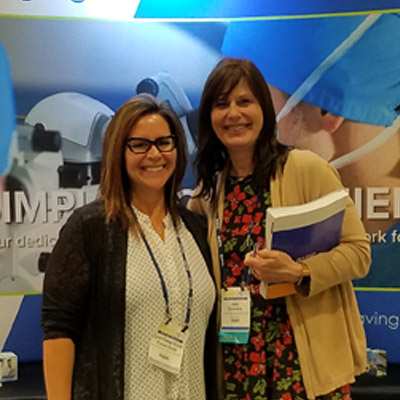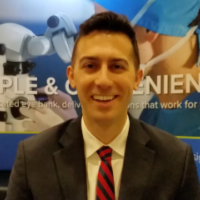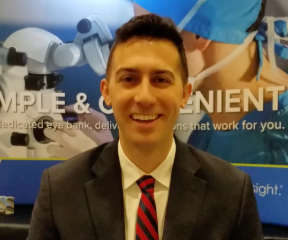Effects of Eye Bank Donor Age Expansion on Corneal Endothelial Cell Density and Surgeon Tissue Acceptance
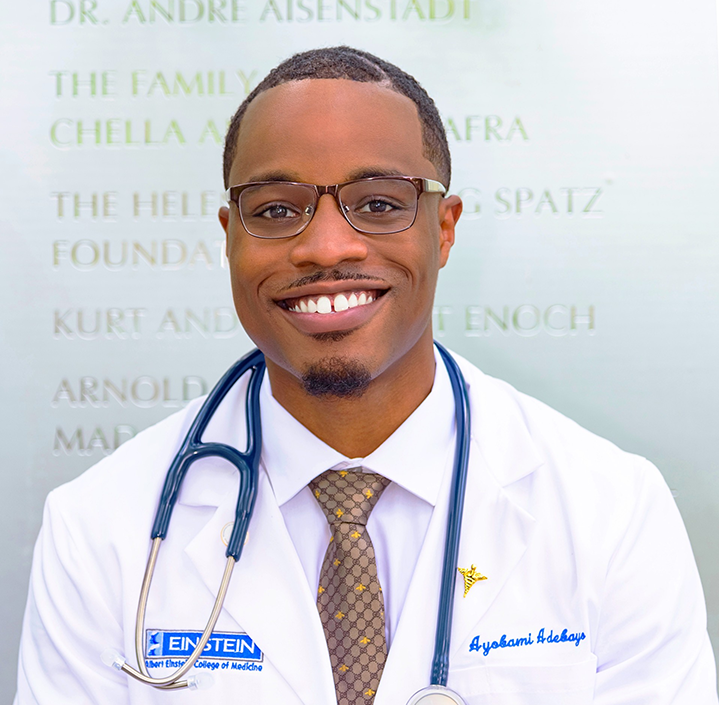
Dr. Ayobami Adebayo
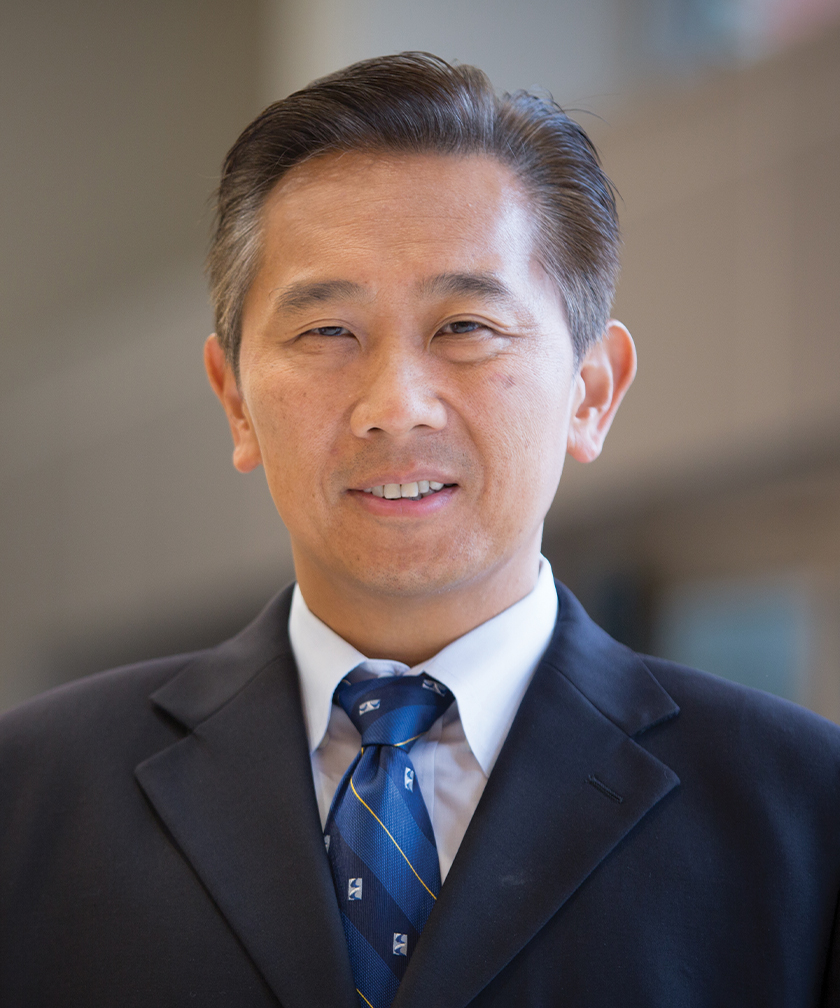
Dr. Roy Chuck
In recent years, advancements in medical research have pushed the boundaries of what was once considered feasible in the field of ophthalmology. One such study observed the effect of the expansion of eye bank donor age on corneal endothelial cell density and surgeon acceptance rate of those tissues. Donor characteristics, endothelial cell density, and acceptance of tissues for use in surgery were compared between age groups in five-year intervals. The aim was clear: to assess how this expansion would influence the availability of corneal tissue for transplantation and challenge existing biases against older donors. Saving Sight was proud to partner with Dr. Roy Chuck and Ayobami Adebayo, among other researchers, to provide the corneal tissue used during this study.
This single-site study featured 25,969 corneas from eye bank donors from 2018 – 2022 between the ages of 2 and 75. At the beginning of 2022, the donor age limit was increased to 80 years old, thus allowing donated tissue from older donors to be used in transplants. The age limit increase allowed 411 more cornea donations, which led to 208 more transplants. The average endothelial cell density for the 71-75 age group was 2,349 cells/mm2, compared to 2227 cells/mm2 in donors aged 76-80. The difference of 122 cells/mm2 doesn’t seem like much, but the study saw that donors aged 71-75 had a 38% surgeon rejection rate, while those aged 76-80 had a 48% surgeon rejection rate.
There could be multiple reasons for the difference in surgeon rejection rate, but one could be age bias. Traditionally, corneas that come from older donors are looked at as not viable, but this study showed that corneas from older donors are still very viable for transplant. While there isn’t a shortage of corneas for transplant in the United States, there is a global shortage, resulting in patients in other countries waiting on the transplant list for months.
“If we can expand the age pool to increase and even get some more donations, that will increase transplants,” Adebayo said. “And I think there’s just a lot more room for growth in that area.”
This study is important for the future of ophthalmology and eye banks because there is a cornea shortage in other countries. By increasing the donor age limit, more corneas will be available for transplant globally. Expanding the donor age limit and using those tissues in surgery can give the gift of sight to many more people in need across the globe. Potential age bias isn’t the only factor in the difference in surgeon rejection rate, but it does show that more work needs to be done.
“So, no matter what you do, there’s still a bias against age and many things that we do in life, and that bias never disappears,” Chuck said. “…We can do one of two things. We can work to death to change everyone’s mind just by talking to them. It’s very difficult to do, and it’s much easier for us to generate data, and that’s what we’re doing. That’s the whole basis of research, you know, change thought by proving it with data.”
As researchers navigate the complexities of eye, organ, and tissue donation and transplantation, they remain committed to ensuring equitable access to sight-restoring treatments for all. Increasing the donor age limit will increase viable donor tissue for transplant, allowing those in underserved areas to receive the gift of sight. The journey to redefine how corneal donations are handled isn’t solely about science; it’s a moral duty with the chance to change lives by saving sight.


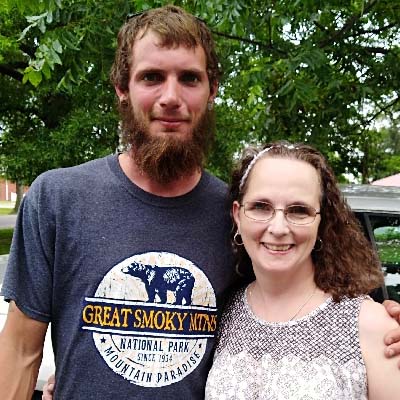

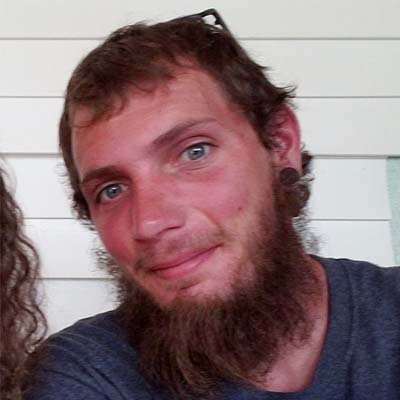
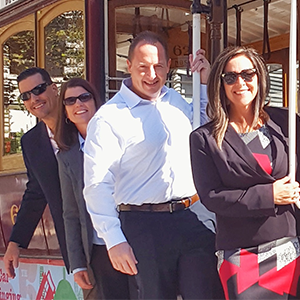
 The American Academy of Ophthalmology (AAO) annual meeting was held in San Francisco this October. This meeting is the world’s largest association of eye physicians and surgeons, bringing together leaders from around the world.
The American Academy of Ophthalmology (AAO) annual meeting was held in San Francisco this October. This meeting is the world’s largest association of eye physicians and surgeons, bringing together leaders from around the world.